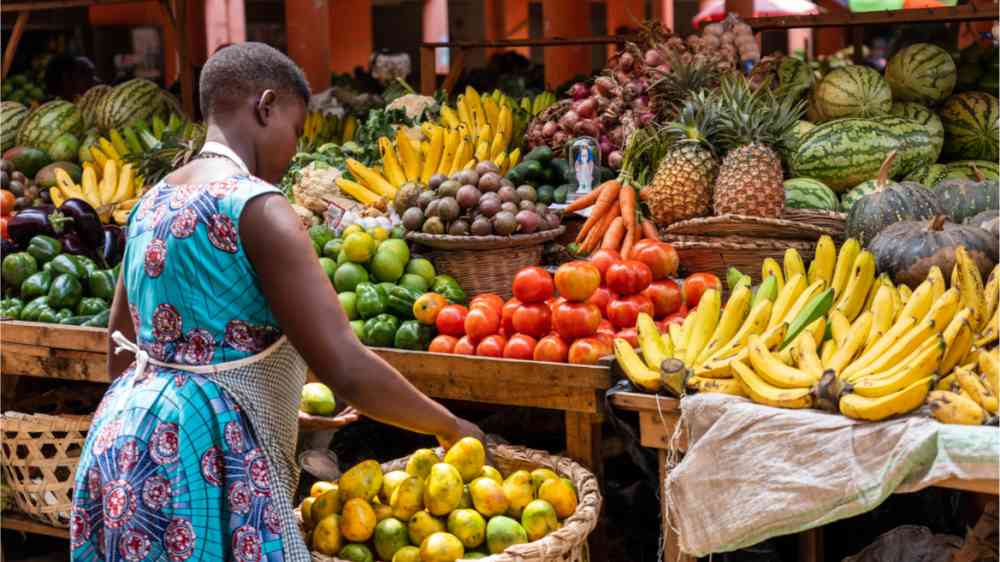Using rainfall quality to anticipate hunger patterns in Africa

Despite witnessing a slow decline in poverty in Sub-Saharan Africa over the last decades, the number of poor people continues to grow.
[...]
The quality of rainfall during the rainy season, influencing impacts on food supply and food security in the coming months or seasons, is a feature of interest because it implies some degree of predictability on the household’s well-being.
The model can produce reasonably accurate lean season food insecurity predictions very early in the agricultural season (October-November), six to eight months ahead of the lean season. Comparisons of model predictions with survey-based estimates yield a mean absolute error of 1.2 percentage points at the national level and a high degree of correlation at the regional level (0.84).
The model developed by the study contributes to understanding the impacts of climate change on the welfare of developing and climate-vulnerable countries.
Climate change is projected to worsen weather shocks and variability in precipitation. A better understanding of the relationship between climate shocks and well-being will help create policies and support investments in climate adaptation strategies.